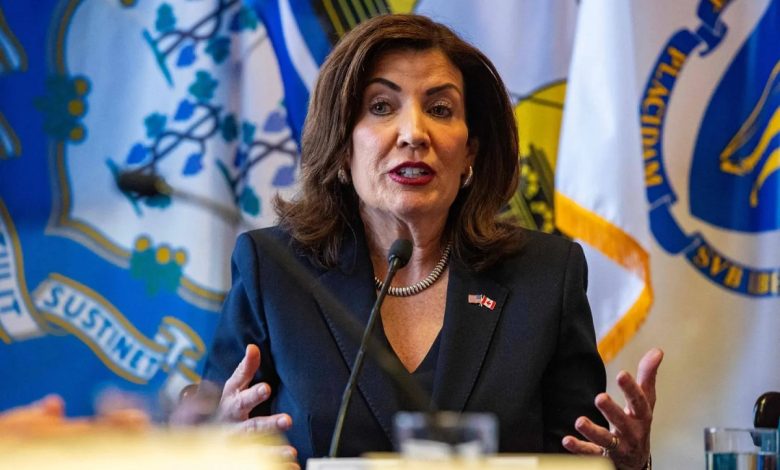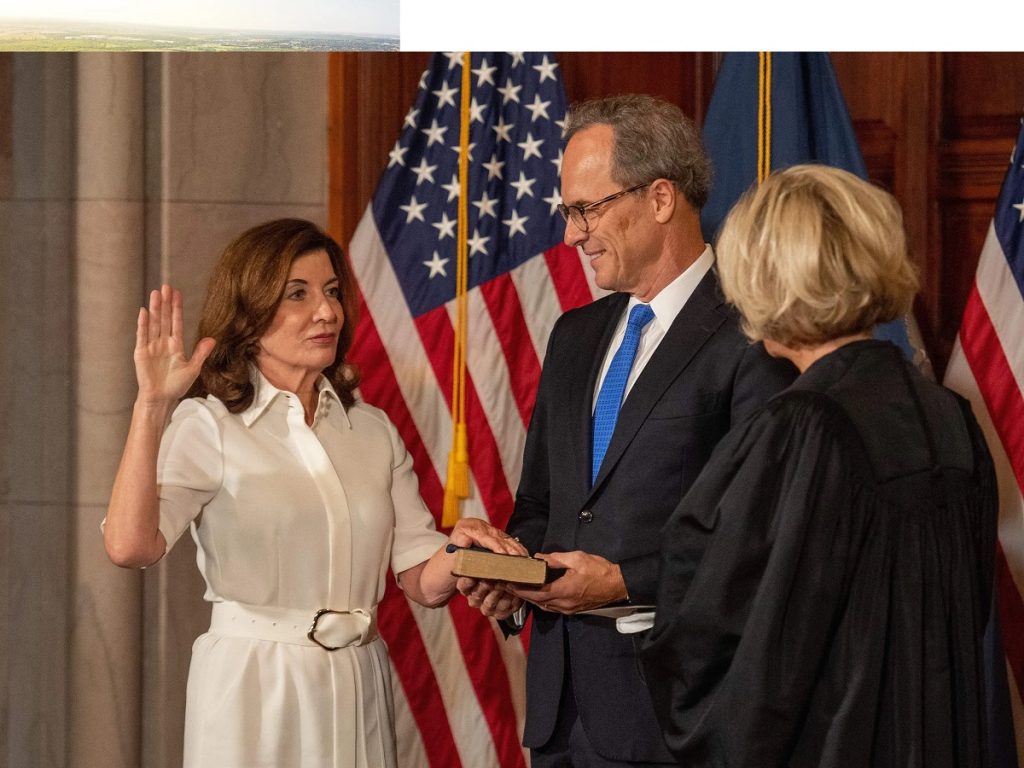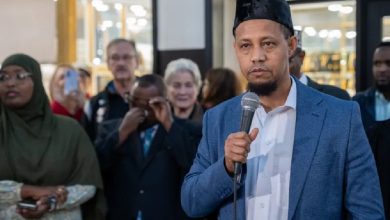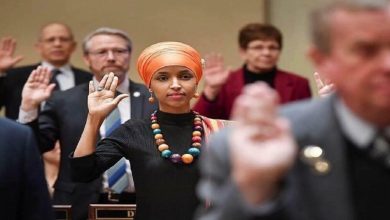New York Faces a $10 Billion Budget Crisis: Hochul Orders Spending Cuts Amid Election Pressure
With federal aid shrinking and Medicaid costs rising, Governor Kathy Hochul confronts one of New York’s toughest fiscal challenges in decades.

New York State is confronting a massive budget deficit exceeding $10 billion, a financial challenge underscored by Governor Kathy Hochul’s directive for state agencies to curb spending. This tightening of finances comes at a critical moment as the Democratic governor prepares for reelection amid economic headwinds and reduced federal funding, which are straining the state’s financial stability.
The upcoming budget proposal in January is expected to reveal how Hochul’s administration plans to address these mounting challenges, with particular attention on essential programs such as Medicaid.
Mounting Deficit and Spending Controls
Facing difficult fiscal projections, Hochul’s administration has issued a clear order: strict spending restraint across all state departments. Budget Director Blake Washington emphasized the severity of the situation, warning of “a challenging budget period ahead.”
The timing couldn’t be more sensitive — Hochul’s reelection campaign coincides with growing voter anxiety over taxes, inflation, and public spending. The situation is further complicated by looming federal aid cuts, which threaten to widen the budget gap even further.
Federal Cuts and Economic Headwinds
According to Washington, crucial federal support for programs aiding New York’s most vulnerable populations has been sharply reduced, leaving the state to shoulder new financial burdens. He pointed to what he called “unwise federal policies” that are exacerbating economic challenges marked by slower job growth and persistent inflation.
In a recent interview, Washington described the federal government as an “unpredictable factor” in New York’s fiscal health, noting that over $90 billion of the state’s $254 billion annual spending comes from federal funds.

Medicaid at the Center of the Crisis
Among the programs most affected is Medicaid, which provides essential healthcare coverage for low-income and disabled residents. The administration anticipates a $3 billion impact on Medicaid in the next fiscal year.
This comes as a new federal tax and spending law is projected to remove 1.5 million individuals from state-subsidized health insurance and cut hospital funding by nearly $8 billion. These federal shifts place immense pressure on New York’s ability to maintain current service levels.
Political Maneuvering and Budget Tactics
Traditionally, New York’s budget deadline is April 1, but Governor Hochul has often extended negotiations beyond that date, using the delay to advance unrelated policy priorities.
Earlier this year, for instance, her approved budget included measures such as a ban on student cellphone use in schools and revisions to pretrial evidence laws — issues hotly debated by prosecutors and legislators.
Critics like Andrew Rein, president of the Citizens Budget Commission, argue that the state has failed to impose real spending discipline. Rein noted that the May budget raised operating expenditures by 12%, calling it “an unsustainable rate.”
Debate Over Taxes and Social Spending
Rein has urged the administration to restructure Medicaid and target educational aid more effectively. Meanwhile, progressive groups in New York are pushing for higher income taxes on wealthy residents to fill the revenue gap.
Erica Vladimir, communications coordinator for the “Invest in New York” campaign, said that taxing the rich enjoys broad public support and urged Hochul to adopt a fairer tax system to protect essential services.
Progressive organizations warn that maintaining current spending levels without new revenues will inevitably mean cuts to basic services — a concern echoed by Washington, who urged agencies to “do more with less.”
Hochul’s Resistance to Tax Hikes
Despite the calls for higher taxes, Governor Hochul has consistently resisted such measures since taking office in 2021. Describing herself as a “strong capitalist,” she argues that raising taxes on the wealthy could drive them out of New York — a state where the top 1.5% of taxpayers account for nearly one-third of all income tax revenue.
However, political pressure could mount if Zahran Mamdani, a progressive Democratic candidate for New York City mayor backed by Hochul, gains influence. Mamdani has publicly supported funding childcare and free public transit through new taxes on the rich.
Still, Budget Director Washington reaffirmed Hochul’s commitment to economic competitiveness and fiscal responsibility, emphasizing a steady, long-term approach to financial policy.
Conclusion: A Defining Fiscal Test for New York
As New York prepares its 2025 budget, Governor Hochul faces one of the most defining moments of her tenure. The choices she makes — between cutting costs, restructuring programs, or raising taxes — will shape not only her political future but also the state’s economic direction for years to come.
The tension between fiscal restraint and social responsibility lies at the heart of New York’s budget debate — and the outcome will reveal how one of America’s most influential states confronts the reality of living beyond its means.



